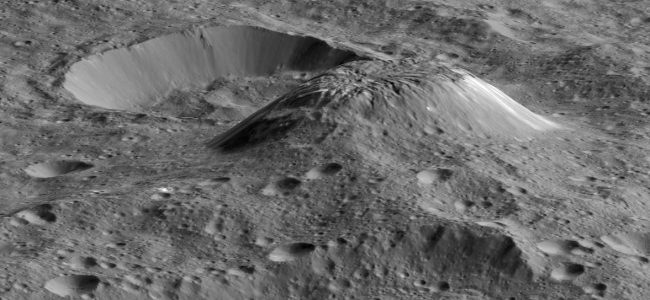The bigotry in the Democratic Party
The bigotry in the Democratic Party is not racial or ethnic. It is political. They hate Republicans so intensely that they are willing to let veterans die rather than work with Republicans to fix the problems at the Veterans Administration.
A federal employee union president is wracked with regret because veterans likely died at a time when she knew about gross misconduct within her Department of Veterans Affairs facility but didn’t tell congressional leaders because they were Republicans.
“If I would’ve gone to him two years ago, who knows what kind of lives could’ve been saved,” Germaine Clarno told a radio interviewer Monday, referring to the Republican leader of a VA subcommittee. Clarno, a lifelong Democrat and social worker at the Hines Veterans Affairs Hospital in Hines, Ill., has been president of the union representing doctors at the hospital since before the deadly wait-time scandal unfolded.
Several things about this story. First, my close reading of it does not indicate that this union official “is wracked with regret.” I think she is bothered, but not much more than that.
Second, as a union official she clearly works hand-in-glove with Democrats, who reciprocate that relationship. And in the case of the corruption at the Veterans Administration, that close working relationship between elected Democrats and unions was so strong that none of the Democrats this union official spoke to were willing to do anything to help sick vets, because to do so might do damage to the government unions and workers who were running the VA as their private little playground.
Third, the hatred of Republicans runs so deep in the Democratic Party and leftwing unions that not only were they unwilling to work with Republicans to help sick vets, they were willing to use the corruption at the VA to attack the very Republicans who had been the only politicians willing to deal with the problem. Consider for example this quote from the article:
» Read more
The bigotry in the Democratic Party is not racial or ethnic. It is political. They hate Republicans so intensely that they are willing to let veterans die rather than work with Republicans to fix the problems at the Veterans Administration.
A federal employee union president is wracked with regret because veterans likely died at a time when she knew about gross misconduct within her Department of Veterans Affairs facility but didn’t tell congressional leaders because they were Republicans.
“If I would’ve gone to him two years ago, who knows what kind of lives could’ve been saved,” Germaine Clarno told a radio interviewer Monday, referring to the Republican leader of a VA subcommittee. Clarno, a lifelong Democrat and social worker at the Hines Veterans Affairs Hospital in Hines, Ill., has been president of the union representing doctors at the hospital since before the deadly wait-time scandal unfolded.
Several things about this story. First, my close reading of it does not indicate that this union official “is wracked with regret.” I think she is bothered, but not much more than that.
Second, as a union official she clearly works hand-in-glove with Democrats, who reciprocate that relationship. And in the case of the corruption at the Veterans Administration, that close working relationship between elected Democrats and unions was so strong that none of the Democrats this union official spoke to were willing to do anything to help sick vets, because to do so might do damage to the government unions and workers who were running the VA as their private little playground.
Third, the hatred of Republicans runs so deep in the Democratic Party and leftwing unions that not only were they unwilling to work with Republicans to help sick vets, they were willing to use the corruption at the VA to attack the very Republicans who had been the only politicians willing to deal with the problem. Consider for example this quote from the article:
» Read more



